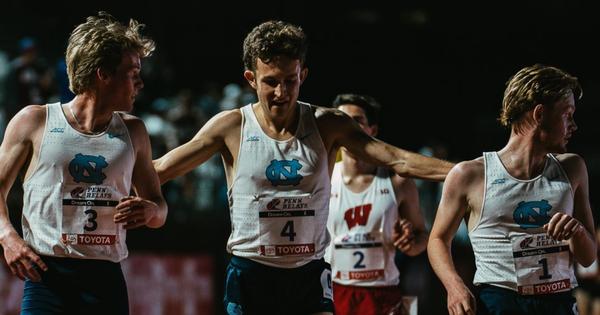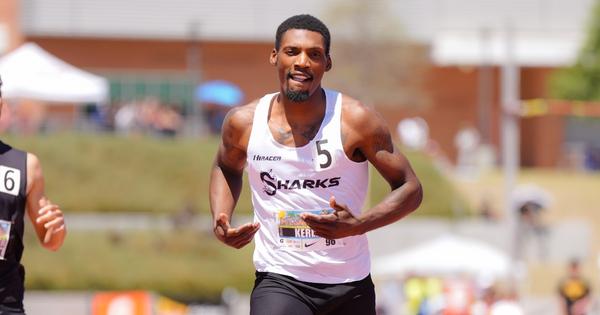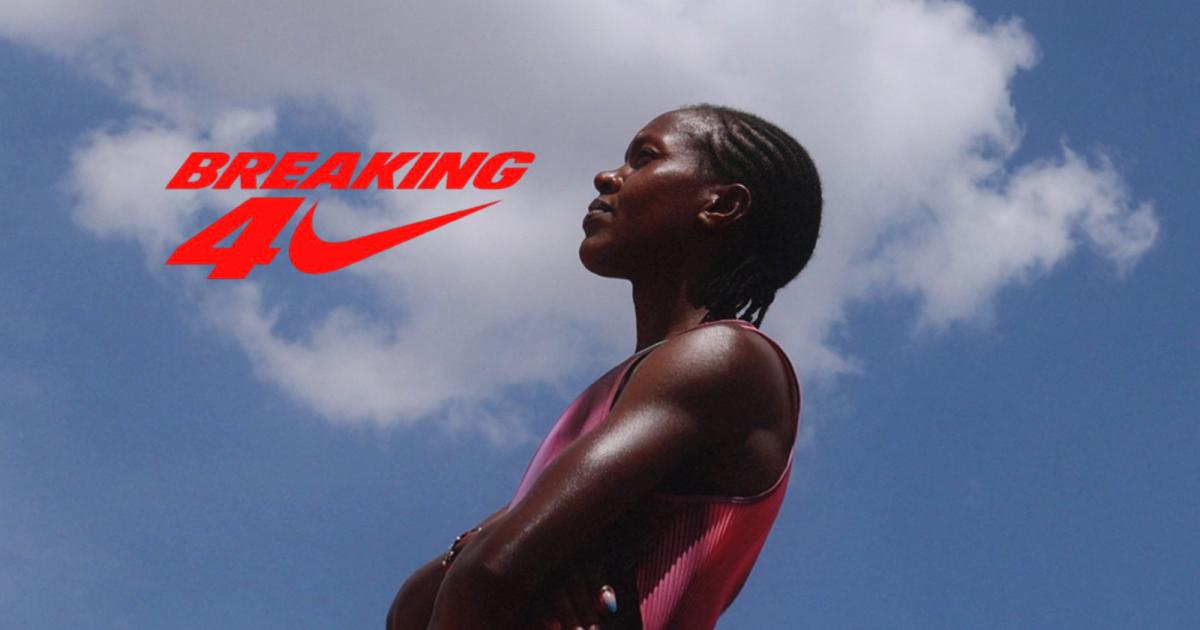By Paul Snyder
April 30, 2025
Outside of major collegiate or international championships (and hotly-contested high school dual meets) relays can be difficult to slot into the broader track and field context.
For professionals and high-caliber collegians, the two names of the game are preparation and qualification. The outdoor season is spent busting your ass in training while racing only enough to ensure you’ve got a spot on the starting line at whatever your Big Dance is.
There’s just not much room for racing that might be considered superfluous. Notable exceptions, however, are the DMR, 4 x 800m, and 4 x mile/4 x 1500m relays at Penn Relays. The atmosphere for these relays is, for lack of a less overused word, electric. And while the circumstances that contribute to said electricity aren’t easily replicable, one aspect is.
First, the unique elements: Penn Relays is among the oldest, largest, most prestigious, and best-attended track and field meets in the world. Though it doesn’t matter in terms of NCAA qualification, schools want badly to bring one of those obnoxiously large wheel trophies onto their flight home as a carry-on. (This is helped in part because any leg on a Championship of America-contending relay squad has definitely qualified for the regional meet in their main event already.)
But the aspect that can be copied and pasted to other meets, even professional ones, is a tried and true strategy for making athletes and even fans care. We’re talking, of course, about a little something called “putting the name of a team on the athlete’s chest.” In the men’s 4 x mile, the final leg saw eventual champs Washington in a dogfight with hometown hero Villanova, plus Virginia and North Carolina. The thousands of fans screaming their heads off in the rain for the duration of that race didn’t have to know who Nathan Green, Liam Murphy, Ethan Strand, or Gary Martin were to be deeply invested in the final outcome. They only needed to see the purple or navy or orange or blue trim on the athletes’ singlets and they felt strong feelings. Maybe they hate UNC for reasons they can’t identify. Maybe their niece went to ‘Nova for law school. Maybe they don’t like huskies as a type of dog.
It really doesn’t matter. What does, is that sports fans instinctively root for or against teams when those teams are aligned however loosely with an institution or place. And for the athletes, the personal desire to win is a great motivator, but so too is the desire to not let down one’s teammates. Voila: high stakes!
At the pro level, this means putting together full fields of professional teams across any relay event. That could mean entering teams with names like “Dennis Mitchell’s Star Athletics” for races beyond a sprinter’s rust-buster. But even better, why not go with something even simpler – like “Florida.” Fans won’t care if the four athletes on that squad have the same coach or sponsor. But Floridians may very well cheer for any four pros from the Sunshine State for that fact alone. This only works, however, if the other teams assembled follow the same assemblage structure and naming convention. Let’s run a 4 x 400m featuring Florida, Texas, Arizona, and California. There’s not a person in America—sports fan or not—who doesn’t have some opinions on which of those places they like and dislike, and thus, which teams to root for or against. Why not recalibrate a favorite old and totally unfeasible idea of ours and hold a relay-centric meet that serves as a national championship for state-based teams?
Want professional relays to take on a more serious, less half-assed and hair-brained purpose in the track and field calendar? How about this zany concept:
For global championships, there’s not a relay trials. At least in the United States, USATF picks the top individual performers in the 100m and 400m and cobble them together onto relay teams, generally to solid results… with the notable exception of the perennially beefing-it men’s 4 x 100m squads.
What if instead, at the conclusion of every U.S. championship meet, any combination of athletes from the 100m fields—Olympic/World team qualifiers or not—could self-assemble teams of four, then practice for a day, then race for the honor of being the actual Team USA relay squad? In all likelihood, we’d get teams made up of training partners, for easier practicing opportunities. But we also might get fun combinations of friends or fan favorites—the hosts of the Beyond the Records podcast only need one more leg to put together a pretty impressive relay. And at the end of the day, there are always about a dozen sub-10-second men and sub-11-second women in the U.S. each outdoor season, so it’s not like the United States would be truly costing itself a shot at a gold medal with more limited relay pools.
And of course, there’s always World Relays, which are next weekend in Guangzhou, China. We could all decide to unanimously start caring about those. Let’s start by adding back one distance-y relay and that could maybe work?

Paul Snyder
Paul Snyder is the 2009 UIL District 26-5A boys 1600m runner-up. You can follow him on Bluesky @snuder.bsky.social.




